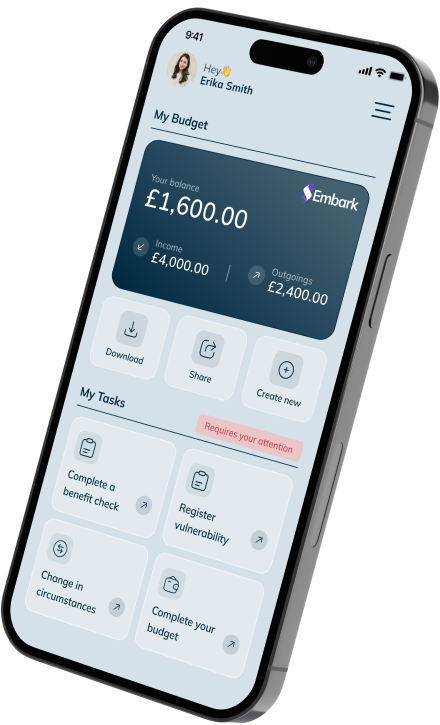In the ever-evolving world of design, creating visually appealing and functional interfaces is essential. However, as design projects become more complex, maintaining consistency across multiple platforms and ensuring efficient collaboration can be challenging. This is where design systems come into play. In this blog post, our Product Designer, Dylan Perry, explores what design systems are, their key benefits, and why they are crucial for modern design workflows.
What is a Design System?
A design system is a comprehensive collection of guidelines, principles, components, and assets that define the visual and functional aspects of a digital product. It serves as a single source of truth for designers, developers, and stakeholders, ensuring a unified experience across all touchpoints.
Consistency and Branding:
One of the primary advantages of having a design system is the ability to maintain consistency in design elements and branding. By establishing a standardised set of components, typography, colours, and layouts. Design systems enable designers to create cohesive user experiences that align with the brand identity. Consistency enhances brand recognition, establishes trust, and provides users with a familiar and intuitive interface.
Efficiency in Design and Development:
Design systems streamline the design and development process by providing reusable components and patterns. Designers can leverage pre-defined UI elements and templates, reducing the time spent on repetitive tasks and allowing them to focus on creative problem-solving. Developers benefit from the system too, as they can easily access and implement standardised code components, ensuring a seamless translation of design into a functional product. The result is faster iteration cycles, reduced development time, and improved overall efficiency.
Collaboration and Communication:
Design systems foster effective collaboration and communication between designers, developers, and stakeholders. With a shared library of design assets, everyone involved in the project can refer to the same source, reducing misunderstandings and ensuring a consistent understanding of design intent. This eliminates the need for time-consuming back-and-forth exchanges and promotes a more efficient workflow.
Scalability and Flexibility:
As digital products evolve and expand, design systems provide scalability and flexibility. With a well-documented and modular design system, adding new features or creating variations becomes more manageable. Designers and developers can easily adapt and extend the existing components, maintaining a coherent experience while accommodating growth and change.
Improved User Experience:
A well-implemented design system leads to a better user experience. Consistent design patterns and interactions enhance usability and learnability, as users can quickly understand and navigate through the product. By focusing on user-centred design principles, design systems ensure that the end-users have a smooth and enjoyable experience, leading to increased engagement, satisfaction, and loyalty.
Conclusion:
Design systems have become an indispensable tool for digital design teams, providing a framework for consistency, efficiency, collaboration, scalability, and improved user experiences. By implementing a design system, organisations can streamline their design processes, enhance brand identity, and deliver high-quality products to their users. Embracing this holistic approach to design empowers teams to create exceptional digital experiences while driving innovation in the ever-evolving digital landscape.








